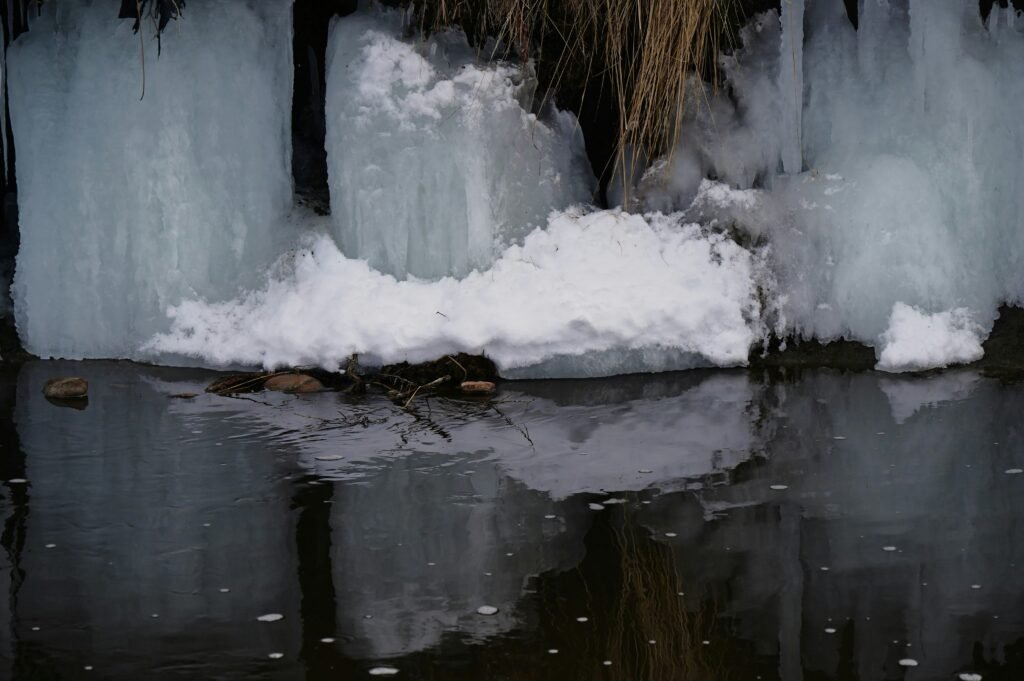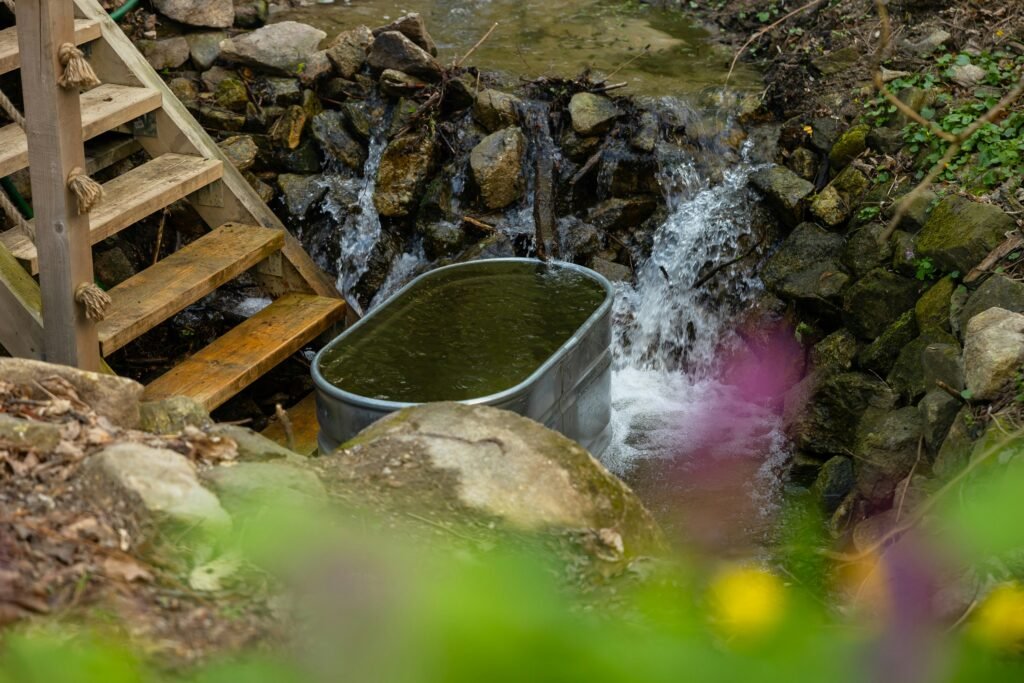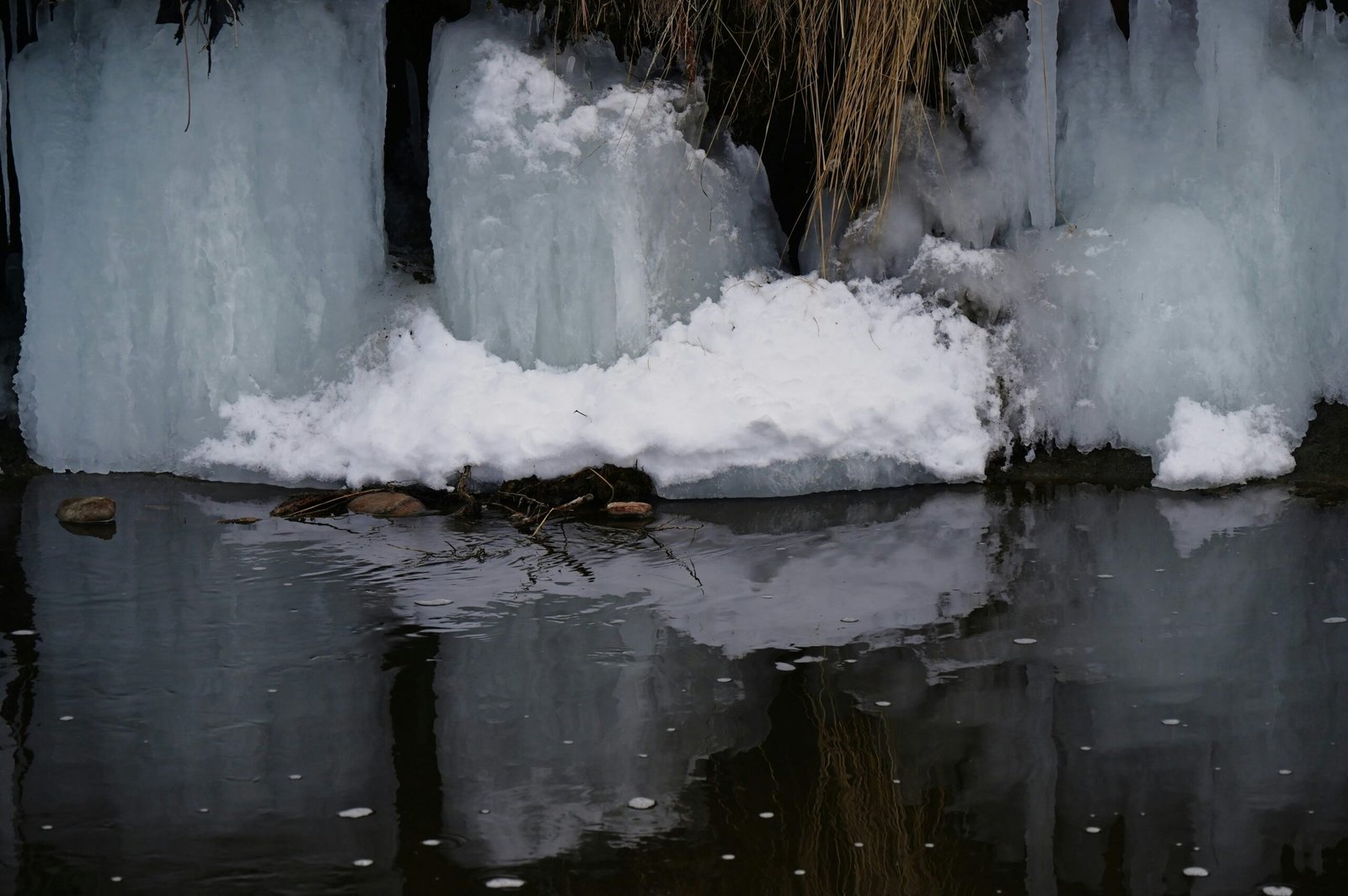What if I told you that timing can make or break your cold plunge experience? You might think it’s all about the temperature of the water or how long you stay in, but the worst time to plunge might surprise you. Let’s unpack the nuances of cold plunging and discover the reasons why timing is crucial.
Understanding Cold Plunging
Cold plunging involves immersing yourself in cold water—something that can be refreshing, invigorating, and even beneficial. But before you take the plunge, it’s essential to understand what you’re getting into and how it can impact your body.
Benefits of Cold Plunging
You might be wondering why people flock to icy waters. Cold plunging is more than just a trendy Instagram moment; it offers numerous health benefits. These include:
- Reduced Inflammation: Cold water can help reduce swelling and inflammation in your muscles.
- Enhanced Recovery: Athletes often use cold plunges to speed up recovery after intense training sessions.
- Improved Mood: Cold exposure can increase endorphin levels, giving you a mental boost.
How Cold Plunging Works
When you immerse yourself in cold water, your body reacts rapidly. The shock of the cold can stimulate your circulatory system, prompting blood to rush to your core. This can improve blood flow and stimulate muscle recovery. However, the timing of your plunge is key to maximizing these effects.
The Worst Time to Cold Plunge
So when is the worst time to cold plunge? Surprisingly, there are several scenarios when a cold plunge can do more harm than good. Let’s break it down.
After Intense Exercise
It might be tempting to jump into a cold plunge immediately after a workout, but this could actually hinder your recovery. When you exercise, your muscles experience microtears that need time to heal. If you plunge into cold water right afterward, it can impede the physiological processes that help with recovery.
The Science Behind This
After intense exercise, your body is in a state of inflammation as it works to repair the damaged tissues. Cold plunging can constrict blood vessels and slow your metabolic process, leading to delayed recovery. Though it may reduce soreness temporarily, it may prolong the healing process in the long run.
| Timing After Exercise | Effects |
|---|---|
| Immediately After | Impairs recovery |
| 30 Minutes Later | Optimal time for recovery |
| 2-3 Hours Later | Beneficial for inflammation |
During Illness
If you’re feeling under the weather with a cold or flu, jumping into a cold plunge isn’t a good idea. Your body needs warmth to fight off infections, and exposing yourself to cold temperatures may stress your immune system.
Why It’s Counterproductive
Cold exposure could exacerbate your symptoms by making your body work harder to maintain its core temperature. It’s essential to listen to your body when you’re unwell. Rest and warmth are often your best allies in recovery.
In Extreme Weather Conditions
Picture this: it’s freezing outside, and you’re considering taking a plunge into icy waters. While some might thrive on the thrill, extreme weather can pose serious risks, including hypothermia and frostbite.
What You Need to Consider
If temperatures are already at dangerous lows, your body could struggle to warm back up after the plunge. Safety should always come first, so if the conditions seem too extreme, it might be wise to skip the plunge until the weather is more hospitable.
| Weather Condition | Risks |
|---|---|
| Below 30°F | Hypothermia risk increases |
| High Winds | Worsens body heat loss |
| Blizzard Conditions | Potential for frostbite |

The Best Times to Cold Plunge
If there are “bad” times to plunge, there must also be optimal times. Let’s discuss some scenarios where a cold plunge might actually enhance your experience and benefits.
After a Sauna or Steam Room
One of the best times to take a cold plunge is after you’ve spent time in a sauna or steam room. The quick transition from heat to cold can invigorate your senses and lead to a host of health benefits.
Rejuvenating Effects
When you heat your body up, your blood vessels dilate, improving circulation. Then an immediate cold plunge will cause those vessels to constrict, which can pump your blood through your system more effectively.
| Best Time for Cold Plunge | Why It Works |
|---|---|
| After Sauna | Maximizes circulation |
| Post-Heat Exercise | Enhances recovery and feeling of vitality |
During the Morning
Consider the morning as your fresh start if you’re considering making cold plunging a part of your routine. It can set a positive tone for the day ahead.
How Morning Plunges Boost Your Day
A morning cold plunge can energize you, sharpening your mental clarity and boosting your mood. If you’re someone who struggles with morning grogginess, this ritual can be a game-changer.
| Timing | Effects |
|---|---|
| Before Breakfast | Energizes your day |
| After Morning Exercise | Rejuvenates muscles |
After a Long Day at Work
After a stressful day filled with meetings and deadlines, a cold plunge can serve as a refreshing reset. It’s a stark contrast to the heat of the day and can help you transition into a relaxed evening.
Clearing Your Mind
Taking a plunge at the end of the day can cool off your body and mind, leaving you feeling rejuvenated and prepared for what’s next. It can act as a reset button, allowing you to shake off the day’s stress.
Listening to Your Body
No two people experience cold plunging in the same way. Listening to your body is critical. If you feel unwell or excessively chilled, it’s okay to skip the plunge for the day.
Recognizing Your Limits
Your body has its own set of natural limits. Pay attention to how you feel before, during, and after your plunge. If you notice any negative sensations, reconsider your approach next time. Cold plunging should feel invigorating, not daunting.
| Feeling | Action |
|---|---|
| Energized | Continue plunging |
| Overwhelmed | Gradually reduce duration |
| Uncomfortable | Skip the plunge entirely |

Prepping for a Cold Plunge
Before you take the plunge, it’s helpful to prepare both physically and mentally. That way, you can make the most out of the experience without any unpleasant surprises.
Hydration
Staying hydrated is essential. Cold plunging can constrict blood vessels, and adequate hydration helps keep your circulation steady. Drink water before and after to maintain your body’s equilibrium.
Breathing Techniques
Using breathing techniques before your plunge can help calm any anxiety and prepare your body for the cold shock. Focus on deep inhalations and exhalations to ground yourself in the moment.
Mindset Matters
Finally, do you have the right mindset before you take the plunge? Mental preparation can determine how you experience the cold water. If you approach it with an adventurous spirit, you’re more likely to enjoy the experience.
Common Myths About Cold Plunging
You might hear plenty of myths about cold plunging. Let’s tackle a few common misconceptions.
“Cold Plunging is Only for Athletes”
Many people believe that cold plunging is solely for athletes. However, anyone can benefit from it, regardless of their physical activity level. It’s all about the mind-body connection and how cold exposure can refresh you.
“You Have to Stay in for a Long Time”
Another myth is that you must stay in for an extended period to receive benefits. While some may prefer longer plunges, even short exposures can yield positive effects. You can start small and gradually increase the duration as you become more comfortable.
“It’s Always Dangerous”
While safety is crucial, cold plunging doesn’t have to be dangerous if done correctly. Understanding your limits and the right circumstances can make it a safe and enjoyable activity.

Conclusion: Timing is Everything
In the end, the worst time to cold plunge boils down to understanding your body and its needs. Cold exposure can be a powerful tool when used correctly, but timing is critical to ensure you reap the benefits without unintended drawbacks.
Remember, your ideal cold plunge moment might differ from someone else’s. Experiment with your schedule, listen to your body, and stay informed about the best practices. With the right timing and intention, cold plunging can be a refreshing and health-promoting ritual.
Doesn’t sound so daunting anymore, does it? Now that you recognize the importance of timing, you can confidently embrace the invigorating benefits of cold plunging in your life.

